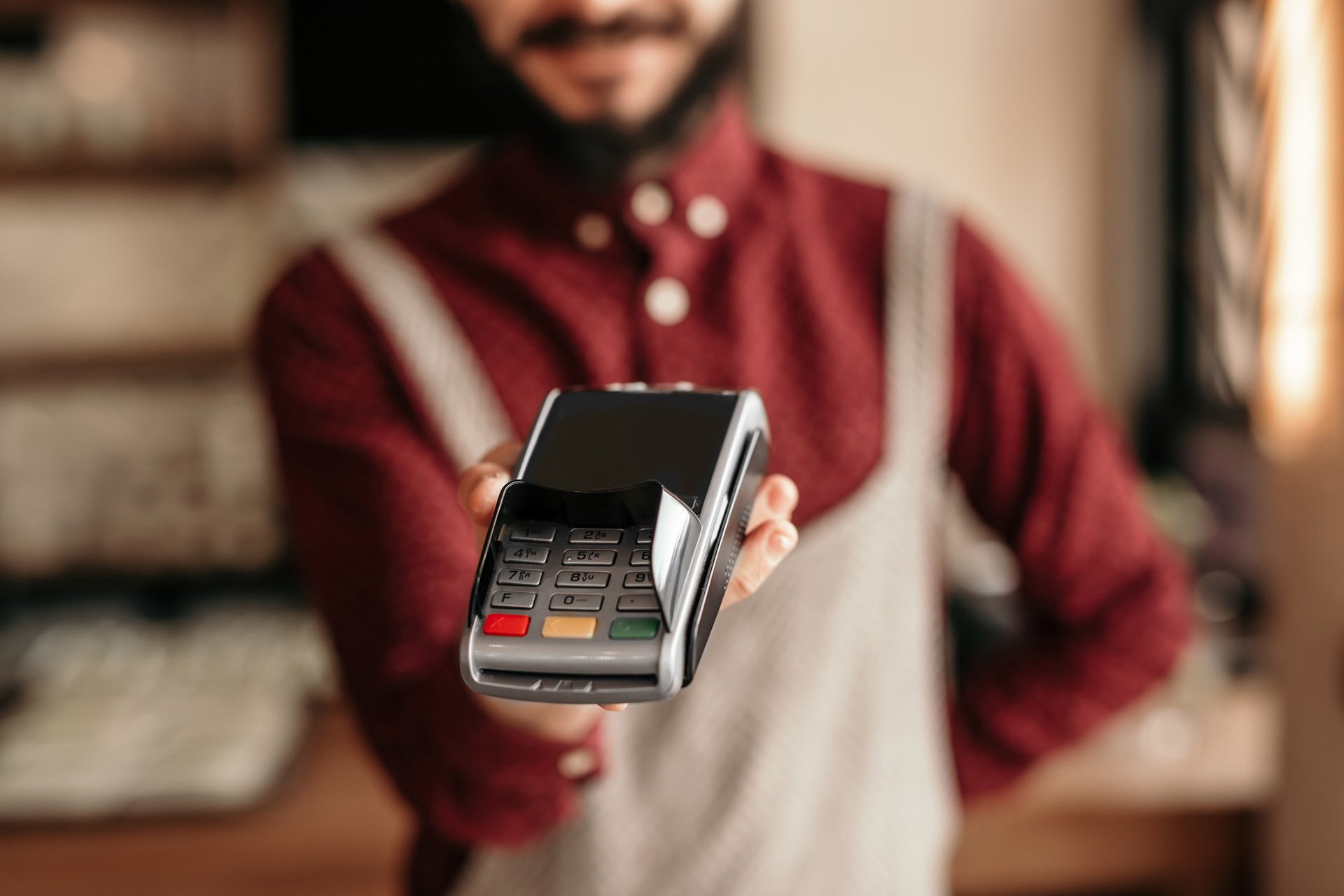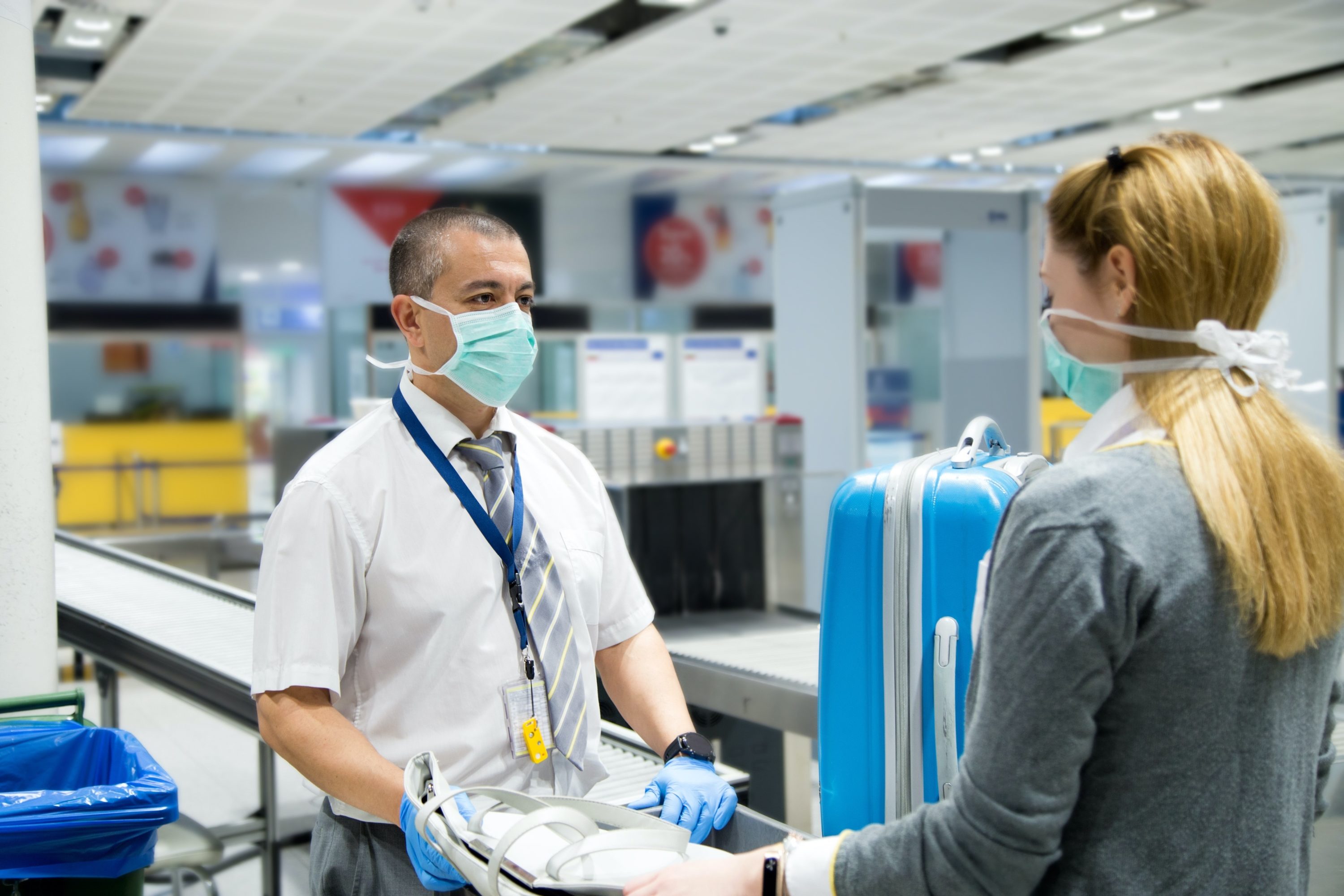With sterling in poor shape internationally, British business travellers could mistakenly accept an extremely poor rate of exchange when using credit and debit cards abroad, either when paying for goods or services, or when using ATM machines to withdraw cash.
Using cash machines tied to the Euronet system, withdrawing €80 from an ATM could cost over £80 – making a pound worth less than a euro!
In this article, we share some invaluable tips on how to avoid paying more than you have to when using your credit or debit cards abroad.

If you’ve ever paid for something in person using a credit card or debit card while travelling on business abroad, you may have been given the option of choosing to pay in the local currency or your own home currency. For example, if you take a GBP-issued card and pay for a meal charged in euros in Italy, you’ll be handed a payment machine and given the choice between paying in EUR or GBP.
You may also be given this option at a cash machine/ATM. You may be encouraged by the machine to select home currency after seeing information like “Choosing home currency to lock in your rate now and avoid any currency fluctuations”.
While it may be enticing and convenient to choose that home currency then and there, you should always choose local currency and not home currency. The reason for that is that where the merchant or cash machine operator calculates a conversion rate to give you a home currency figure then and there to select, they will give you an awful rate, far below market exchange rates.
Why? Because they can pocket the difference. They can offer you any rate you want and if you accept it, they can process it at that rate and the saving they make against the market exchange rate is easy profit for them.
For example, if you were to make a purchase of €120, you would expect this to cost you the equivalent of around £100. But we’ve seen foreign cash machines and in-store payment terminals offer to set the exchange rate at a rate around 1 GBP = 1 EUR, meaning your €120 purchase will cost you around £120.
This is an awful rate!
Always select local currency.
The rate will be significantly closer to the official market rate.
If a bank-teller or shop owner or waiter tries to convince you to pay using your home currency, do not agree — insist on local currency. If they make this selection for you and select home instead of local currency, we suggest you hold your ground and insist they refund the transaction and do it again allowing you to make the selection — you are well within your rights to do this as they have done something they should not have.
While they can choose whether to accept cards and which cards they can accept, they should not be manually selecting between local and home currency on your behalf.
To help you navigate the changes of business travel, we’ve created the brand-new Traveller Toolkit. This invaluable online resource is packed full of easy-to-use guides and checklists for every stage of every journey. We detail exactly what you need to know and do before, during and after your trip in a post-pandemic, post Brexit world.
You can even check the travel restrictions and health status of your destination with our comprehensive COVID-19 Country Tracker, updated five times daily to ensure you have the very latest information to help keep you and your travellers safe.
Travel is changing. With common sense and a good TMC behind you, travellers can have the confidence to once again take to the skies. It’ll soon be back business as (un)usual.

